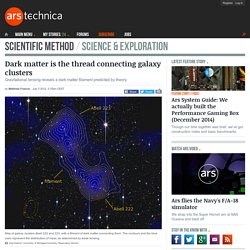

Astronomy. Astronomy is a natural science that is the study of celestial objects (such as moons, planets, stars, nebulae, and galaxies), the physics, chemistry, and evolution of such objects, and phenomena that originate outside the atmosphere of Earth, including supernovae explosions, gamma ray bursts, and cosmic background radiation.

A related but distinct subject, cosmology, is concerned with studying the universe as a whole.[1] Astronomy is one of the oldest sciences. Prehistoric cultures have left astronomical artifacts such as the Egyptian monuments and Nubian monuments, and early civilizations such as the Babylonians, Greeks, Chinese, Indians, Iranians and Maya performed methodical observations of the night sky. However, the invention of the telescope was required before astronomy was able to develop into a modern science.
During the 20th century, the field of professional astronomy split into observational and theoretical branches.
Observational astronomy. Asteroids. Physical cosmology. Theoretical astronomy. Cosmic mapping. Galactic astronomy. Stellar astronomy. Amateur astronomy. Other People's Space Perals. Mars Exploration Program. Dark matter is the thread connecting galaxy clusters. Simulations of the Universe on the largest scales show an unexpected resemblance to nerve cells in the human brain, with galaxy clusters playing the role of the cell body and thinner filaments of matter linking them like axons.

Galaxy surveys (such as the Sloan Digital Sky Survey, or SDSS) show that galaxies do cluster like our simulations predict. But the filaments that should connect them have been harder to find. Most of the mass in the Universe is dark matter—material that neither emits nor absorbs light—and filaments are predicted to be mostly dark matter: no galaxies, little hot gas. Einstein's general theory of relativity, however, tells us mass affects the path of light, and a group of astronomers have identified a dark matter filament by measuring this effect.
NASA Science. Chromoscope - View the Universe in different wavelengths.